Unlocking Risley Prisms Precision in Optical Steering OFH
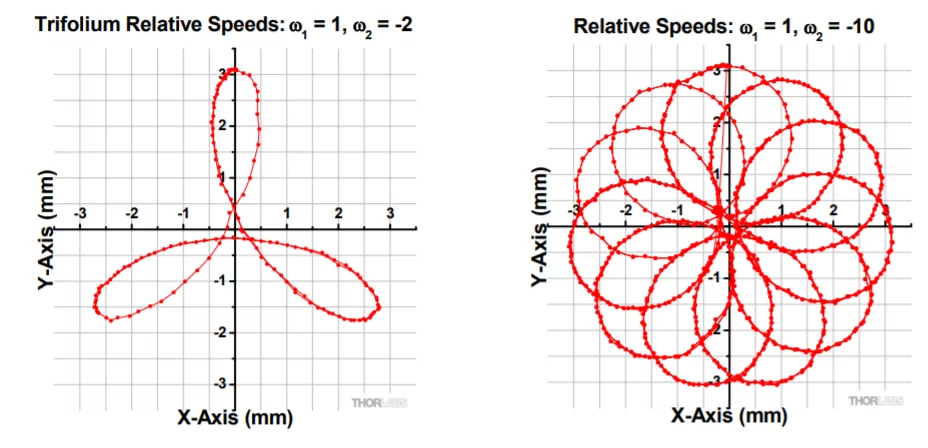
Introduction Previous posts have explained reflective, anamorphic and dispersive prisms and their use in optical systems. Today we will explain a prism configuration called Risley Prism. A Risley prism is actually two wedge prisms close to each other that can be rotated independently. This configuration was first used in optometry to measure the misalignment of […]
Mastering Relay Lens Design: Enhancing Optical Systems | OFH

Introduction Optical relays, an integral component of various optical systems, play a crucial role when the user’s proximity to the observed object is limited or when specific image transformations are required. A prevalent example of this is found in relay lenses, often employed in scenarios where physical closeness to the object is impractical, as seen […]
Phase Shift Method for distance measurement
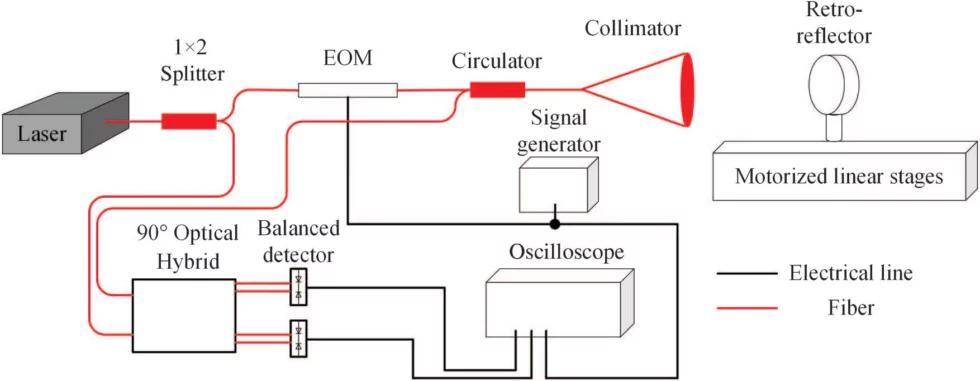
Optical techniques for distance measurement offer plenty of uses and applications. These techniques are able to measure the distance between two objects without touching them, making them perfect for a variety of situations. Optical techniques are usually the best solution when needing a noncontact method that’s fast or automated. For example, they are often used […]
Screen Scratch Detection System
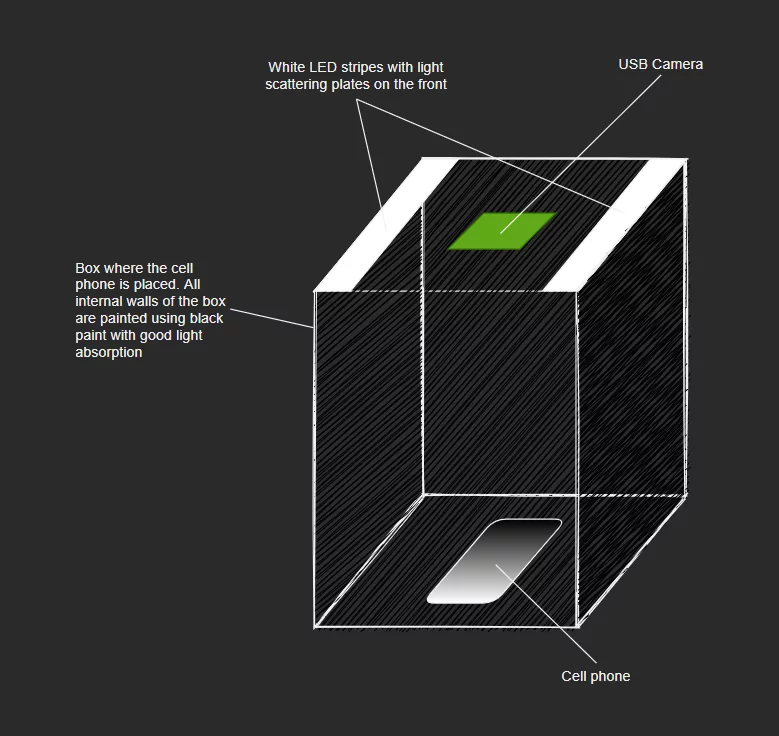
The resale value of a used smartphone is highly dependent on the quality of the screen. In this project, we demonstrate methods to automatically identify screen scratches and determine screen quality using a custom imaging and illumination layout and computer vision software. Key elements of the design include: The device is a box inside which […]
Cardinal Points
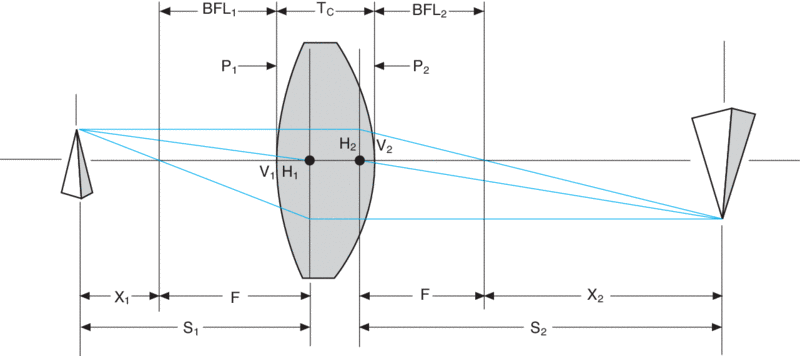
When I was a young undergrad engineering student, I always found optics to be a very confusing subject. It was not only the equations, but what it looked like hundreds of different definitions involved in even the simplest of optical systems. Some concepts, like radius of curvature, f-number, and focal point were easy to understand […]
Exploring the Scheimpflug Principle: Depth and Clarity in Imaging | OFH
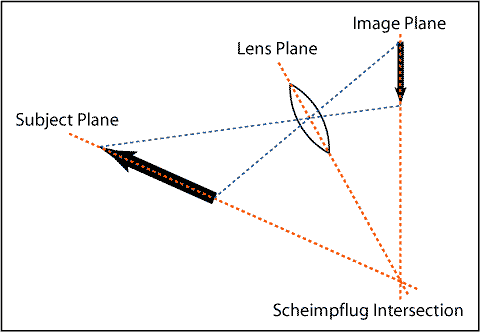
Introduction The Scheimpflug principle is a fundamental concept in optics, particularly in the realm of photography and imaging. Named after its inventor Theodor Scheimpflug, this principle provides a systematic approach to achieving extended depth of field in photographs and precise focus control in optical systems. At its core, the Scheimpflug principle addresses the challenge of […]